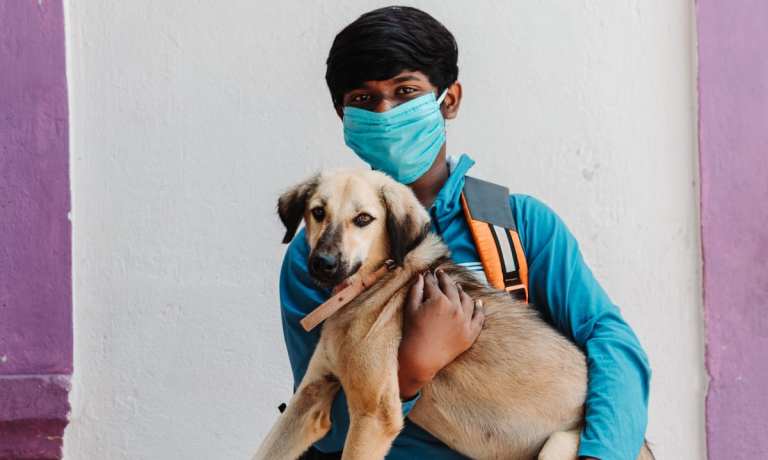It’s just one of the disparities that has inspired Sri Gorthy, a former Google executive turned entrepreneur, to launch Petpal, the sub-continent’s first nationwide pet health and wellness platform.
“We have a really rapidly growing [dogs as] pet population,” Gorthy said to Karen Webster in an interview. “I’m guessing we will cross 30 million pretty soon.”
While it may not be as easy, economically feasible or culturally accepted to own pets in India as it is in the U.S., Gorthy said that situation is changing by the day. To capture that growth and cater to it, Gorthy launched the Petpal platform to fill a void in the market.
“There’s no chain of pet stores in India, which is still astonishing to me what with all the growth that the country has seen,” he said.
With no PetSmart or Petco on the ground, Gorthy said the domestic market is highly fragmented and dominated by tiny mom-and-pop shops or grocery stores with very limited selections. The current online market has no single leader and is split up between Walmart’s Flipkart, Amazon.in and the 10-year-old PetsWorld platform.
Advertisement: Scroll to Continue
Launch Then Grow
Petpal was officially launched in 2015 and offers more than 1,000 products to some 50,000 users primarily located in the country’s three most affluent cities. To scale the business, and after getting no venture capital backing, Gorthy decided to go the crowdfunding route to raise the money needed to take Petpal to the next level. So far, he has raised about $105,000 from investors looking to capitalize on the ground-level growth potential of a business that grew by 50 percent last year largely on word-of-mouth recommendations.
To grow Petpal, Gorthy said he is now offering a microchipping service, a pet care insurance program, as well as telehealth vet appointments.
Because there are no dog licenses required in India, it’s hard to officially categorize the scope of total addressable market, but Gorthy said he plans to eventually expand Petpal regionally — yet India remains his focus for the foreseeable future.
“We have a long way to go,” Gorthy said. “We are doing very good in three cities, but that’s nothing.”
Culture And Cash
Gorthy said the country’s pet ownership level and average income are both on the rise, and there’s also a cultural factor that assumes domesticated animals are a luxury.
“The perception is that when you see so many stray dogs it’s almost like, ‘Do people even have pets here?’ ‘Do they spend money on pets?’” he said, when in fact his platform users spend an average of $400-$500 a year on pet products.
While national statistics for India are still very low, Gorthy said the typical Petpal customer is likely to work for a multinational company and be very digitally connected and savvy.
“I think our repeat order percentage has been north of 30 percent, and our growth in the last six to nine months has been phenomenal, probably up about 50 percent from the same time last year, and with very minimal marketing,” he said.
As much as Petpal is adding services and care opportunities, the pet food subscription category, he said, is where the urgent need is. As far as plans for next year, Gorthy said the focus will be entirely reaching out to customers in more cities, growing fulfillment centers and, of course, more marketing to get the brand out there.
“We want to make sure that by the end of ’21 we are at least building a half a million database of pet parents,” he said. “So, growing the customer base from 50,000 at least 10 times. So that’s my goal.”




